Impact of the Social Impact Summit
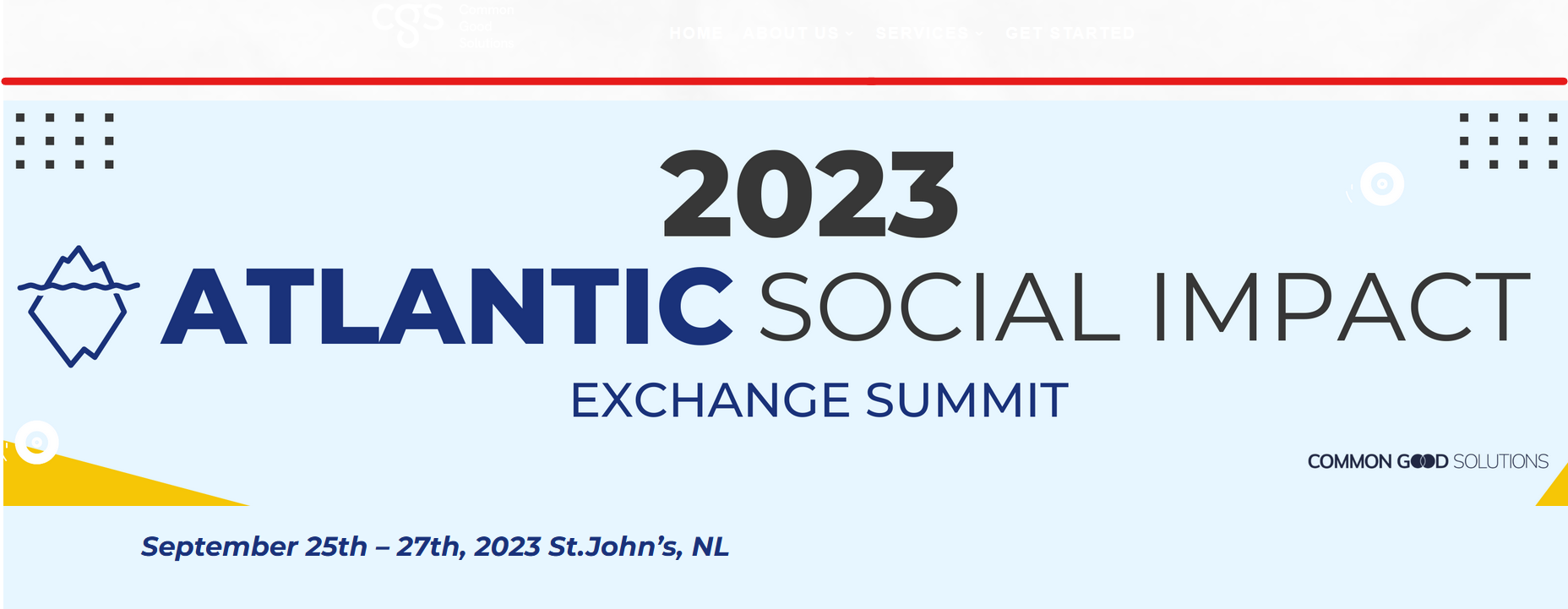
Social impact organizations, practitioners, funders and policy makers recently came together in St. John’s Newfoundland for the Atlantic Social Impact Exchange Summit. Hosts Common Good Solutions partnered with Choices for Youth, the CED Network, Future of Good, Community Sector Council NL, Realize Capital Partners and Spring. The goals of the event were:
- Create a shared understanding of the current state of the social impact ecosystem in Atlantic Canada and
- Establish a roadmap for collaboration going forward.
In our role as SI Canada’s Atlantic Node, we promoted this event among our network of changemakers. Inspiring Communities supported members of equity-deserving groups in attending, and co-Executive Director Louise Adongo moderated a panel.
We asked a few attendees to share their thoughts on this event. A few common themes emerged as people posted during the event:
- The energy of a large roomful of social innovators is unmatched;
- There was an unexpectedly large presence of elected representatives, promising for those working on policy change;
- The conversations outside the formal schedule are the real value of this kind of event, as fortuitous and serendipitous meetings and reunions were legion.
The real impact of an event like this will show over time in new collaborations, shifts in conversation, and a strengthened ecosystem. We expect to see more energy around social finance and social enterprise going forward.
Perhaps the best takeaway of all are the great questions that will generate new solutions and innovations, like those posed by Inda, below.
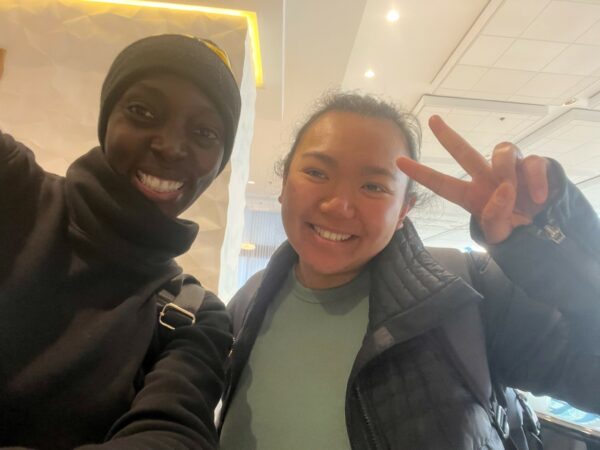
Louise Adongo
Last week I was fortunate to moderate a panel of incredible speakers Common Good Solutions‘ Social Impact Summit. As SWG co-chair, I drew on SETSI‘s wisdom to “tell a story, change minds, shift perspective and grow community.”
- Richard Lewis shared impactful insights on place, belonging, “the last mile” and contextualized climate impacts on the realities of living in the north.
- Constanza Safatle blew everyone’s mind with her call to action and advocacy. Reminding us that if the laws are not working and are creating limits and barriers for people to live fulfilling lives then let’s (have the courage to) change them.
- Bradley Daye told the story of his ancestry and lineage and shared perspectives on cautionary tales for us to remember the humanity behind this system. And to believe in the possibilities of people and their alternative opportunities.
I was blown away by what can happen in a short 30 minutes when you let people free flow to express their hopes and needs from the position of their lived realities in Atlantic Canada’s Social Impact ecosystem.
I’m sure there are still many questions to be answered. And the way forward is not yet set or locked in and perhaps that is the best space to be in to explore the infinite possibilities for putting the social back in social finance.
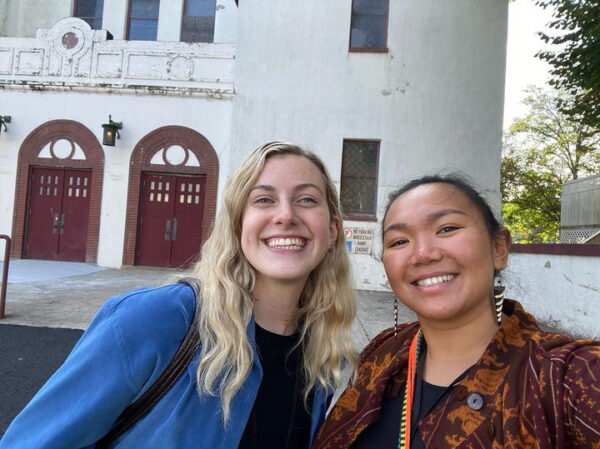
Khairunnisa (Inda) Intiar
Atlantic Changemakers’ Council, Community Foundations of Canada Transformational Storytellers Fellow, Next Generation Foresight Practitioners
It was such a privilege to be able to join the Atlantic Social Impact Exchange hosted by Common Good Solutions in St. John’s Newfoundland last week. I wouldn’t have been able to attend if not for the support of Inspiring Communities & Louise Adongo, so a massive thank you to them!
It was wonderful to meet friends from the Inspiring Communities network and the New Brunswick social impact sector, as well as make new connections in the sector with folks from Atlantic Canada and beyond. As in many conferences, the most impactful conversations happened at the edges – at dinner tables, hallways and bus rides during our social enterprise tour.
Speaking of that tour, I absolutely loved seeing examples of social enterprises at work. Meeting the firebrand that is Constanza Safatle Ferrari made me think of the things an individual or small groups can do to change policies and laws, and remove barriers for those excluded by them. When faced with barriers herself, Constanza didn’t accept that “it is what it is.” She went ahead and sought to change them. And she did.
During our visit to Constanza’s Newbornlander shop, we met the staff of newcomer women from all over the world, as well as Lean Manufacturing facilitators from the business association Canadian Manufacturers & Exporters. I was wary of the idea of business productivity because I associate it with exploitation of workers. The demand to work faster, maybe for longer hours, etc. to boost profit was on my mind. But I was surprised to learn that making processes more efficient doesn’t have to include exploiting people, and can actually make life easier for everyone working in an organization. We had a little discussion on the bus afterwards about ways to bring people in when changing processes.
I also loved visiting First Light’s Centre for Performance and Creativity. Using an old church to offer a space for affordable housing, Indigenous cultural practices, church-goers, and an event space among other things, showed me what’s possible. It generated a long conversation with other attendees in our group about social infrastructure and planning in the cities we live in.
Admittedly, I wasn’t able to attend the keynote speeches because I had to work. Still, I learned a lot during the conference. Though I also left with many questions.
Why is “social finance” often touted as a “new” tool when forms of it has been around in many cultures here and abroad, especially in the Global South?
I had asked this question to a panel, but I am still left wondering. Hearing the language around the finance and investment pieces, how would social finance ensure the same failures of the current funding regime for community organizations don’t happen? Who gets to decide what is impactful or provides a return? Would social financiers have intersectional and decolonized lenses in their investment decisions? Does social finance have the same values and narratives that uphold traditional finance, and current granting/funding regimes for social organizations? If not, aside from adding a layer of impact as a return, how are they different from traditional finance?
What exactly do we mean by social finance in Atlantic Canada? Why is “social finance” often touted as a “new” tool when forms of it has been around in many cultures here and abroad, especially in the Global South? Does social finance here mean the same thing but just co-opted or re-branded?
How can we communicate these concepts in plain language, and with less jargon?
I didn’t hear much talk about anti-racism, decolonization and intersectionality in social finance. I also didn’t hear much about climate change, and the need for de-growth in order for communities to be sustainable and resilient. Perhaps this is a reflection of the siloed and non-intersectional world we live in, but I believe it’s fundamental that all of those are interwoven into social and/or financial solutions of any sort. How does social finance include all of these lenses into funding the social sector in Atlantic Canada?
***
Other Changemakers from the Atlantic Changemakers Council also shared their thoughts:
***
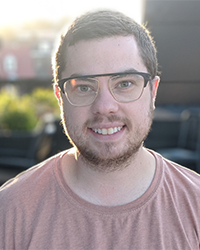
Jeffrey Normore
Manager of Digital Operations, http://www.ccrw.org/
I unfortunately missed a fair amount of it due to illness but one of the key standouts from when I did attend is the need for funders to remove competition between organizations when accessing funding. For example, organization X and organization Y have received funding from the same funding program, currently only one of these organizations can “claim” an outcome on their reporting. Continuance of funding is based on each organization’s success, and so organization X and Y don’t collaborate so that neither spends human resources on service so they can increase their chances of getting approved for another round of funding. There’s also a focus on spend from funders and so if you collaborate and only one organization gets to spend, it hurts the other when focus is on how much an organization is spending.
No solutions were put forward but it’s for sure a conversation that I had with some people and would love to continue.
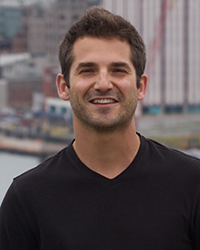
Jonathan Butler
These may or may not be related to actual words spoken, but skimming my notes here are a few that bubble up:
- the need to build trust and reciprocity (between community and government… but, ESPECIALLY within the social purpose sector)
- de-jargonize social finance… (even using the word jargon bothers me!)
- the most value that “outsiders” bring is to see potential in places where locals miss (i.e. old building that use to be thriving, but now it’s in disarray and “ugly” to residents)
- capacity building, capacity building, capacity building (with a focus on TRUST, RELATIONSHIPS, AND RECIPROCITY… no better way to build capacity, then to share)
- impact is not just outcome-related (i.e. “bums in seats” / vanity metrics) -> real impact is measuring how an action changes to course of someone’s life (or an organization’s future)
- storytelling can be the most impactful mechanism for making change -> capture hearts and minds of residents, institutions, and government to buy-in and support
- a clear sign of how well a community is connected is their response to crisis… how can we capture that outside of “crisis mode”?
- the sector is burnt out… but, government speaks proudly about how “passionate, scrappy, and resourceful” community organizations are to deliver their impact… meanwhile, they just give out scraps and have small organizations fight for them.
Taking a step back, though, I struggle with how we can address a lot of the concerns above… the sector is fractured (for lots of reasons) and are a lot of egos that get in the way (i.e. within community / sector orgs / government / etc). I’d be interested to get everyone’s thoughts on the best mechanisms for bringing folks together, especially to encourage those to attend who generally don’t have their voices heard. Honestly, I feel Town Hall sessions led by municipal governments are probably the best we have. It might be the NL way, but we love to complain (ha!). So, when local governments host a town hall, the voices that come armed with sticks and stones can be a really interesting source for information. However, they may not attend more progressive sessions like workshops / impact labs / vision or strategy discussions / etc.
Conflict is a big one in all community work, so I feel it’s something we need to lean into more to navigate through friction and naysayers… especially when the “common enemy” isn’t clearly communicated or understood.
***
We also noticed lots of posts on LinkedIn regarding this event, so we wanted to share this post from friend and affiliate of IC, Amanda Hachey, who recently joined us for a panel talk on Credit Union Innovation.
***
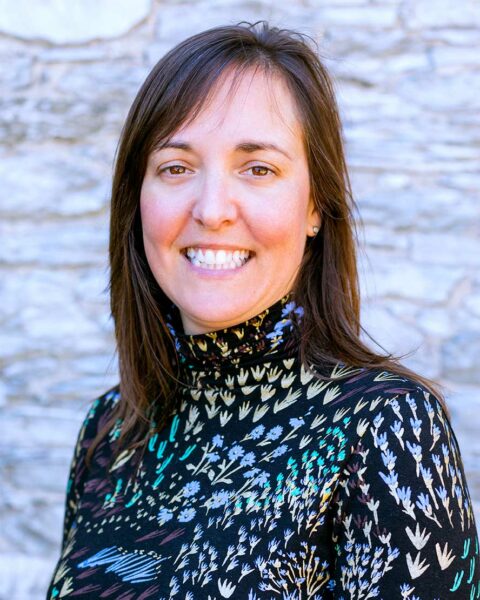
Amanda Hachey
All In Agency
Highlights from the Atlantic Impact Summit last week in St. Johns – long overdue and healing chats with folks after lots of changes in the sector and new challenges and opportunities ahead. The best connections were on the edges of the programming where we got to connect and reconnect with people. One highlight was this social enterprise visit to Petty Harbour where we learned about the social enterprise Fish for Success. Every grain of the business is community focused – they took a challenge like wanting to fight climate change, teach youth to fish and reconnect with the land. So they sell small scale fishing tours to conference attendees and use the income to teach youth, girls, newcomers, LGBTQIA2S+ youth to fish, plus how to use every part of that fish. They even make leather from the fish skin!
Share this:
Comments are closed